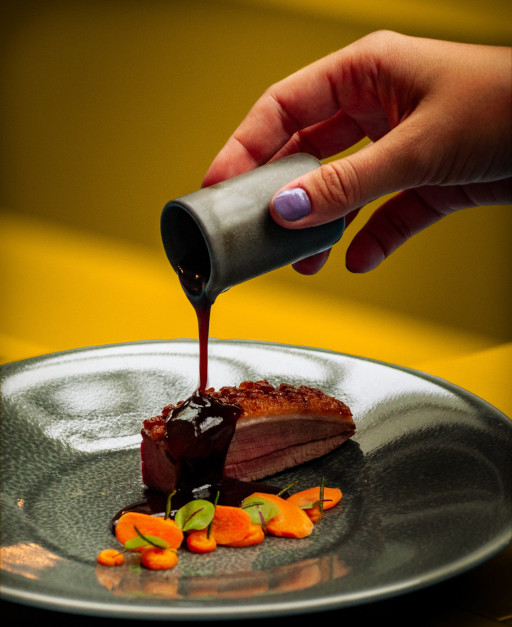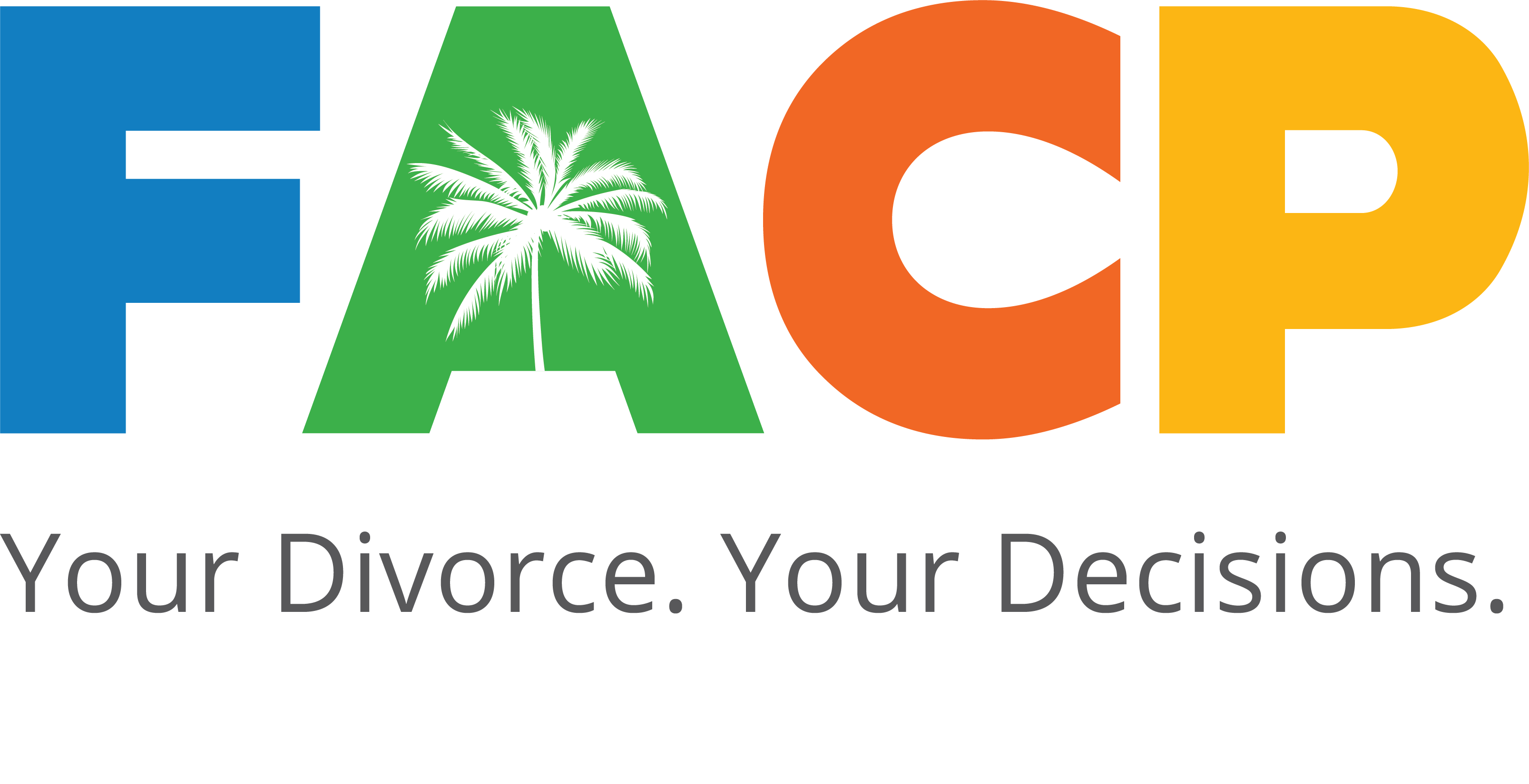
My spouse travels a lot for business. When we travel for pleasure, we occasionally get upgraded to first class. We appreciate the difference—comfortable seats, more room, as much coffee, drinks, and food as we like. And perhaps we delight in the difference even more because we got it for free.
The advantages of first-class travel – when it would be even better to teleport back home – got me thinking about the advantages of Collaborative Process Divorce. Divorce is hard and painful in the best of circumstances. Talk to anyone who’s been divorced. The ache of the process will bubble to the surface instantly.
But hear from someone who’s experienced Collaborative Process divorce, like my client – we’ll call her Jane Doe – she will tell you how Collaborative Process changed her life. Jane learned how to run her own finances for the first time. She felt supported by a team who spent as much time as she needed educating her about the life changing decisions she needed to make.
Jane wasn’t pressured to decide until she was ready. She didn’t waste time and money on cumbersome court rules, as she would have in a non-Collaborative process. Jane’s children were grown, yet the Collaborative divorce professional team provided the family guidance for repairing relationships among the children and both divorcing parents. And all of this was done privately, without exposing the family’s finances to the world in the court process.
Family Judges Face Gridlock and Crosswinds

Most people think that divorce happens in front of a judge. But the reality is over 95% of all divorce cases settle without a judge interfering in a family’s life. Having a judge decide your family’s future is the most traumatic outcome to a divorce.
People think the judge will “like me better.” They tell themselves, “The judge will see how awful my spouse is, and the judge will make a decision that’s more favorable to me.” The reality is judges are (mostly) good people trying to do the best they can but with far too little resources and time.

In Florida, each divorce judge can have 2000 cases assigned to them. If you don’t make your own decisions, it can be a year or two before you get to a judge. And, when you do, you are one of thousands of cases the judge must manage.
Judges have to strictly follow rules. Judges can’t be as creative and flexible as a family making their own private decisions can be.
Collaborative Divorce – More than a Bag of Peanuts

What is the “secret sauce” that leaves people who have experienced a smooth landing in the Collaborative Divorce Process (CDP) less traumatized and better equipped to move on with life?
First and foremost, the commitment of every professional on the CDP team is to do no harm. Our goal is to model respectful, kind, and constructive negotiations to help the divorcing couple create “interest-based” solutions, rather than to frame resolving issues as “win-lose” outcomes.
Second, CDP with an experienced flight crew, working together creatively, and pooling experience from their legal, mental health, and financial disciplines, guides the process efficiently and respectfully.
Collaborative Divorce Teams: Lawyers Guiding Clients to Calmer Skies

How does that happen? The Collaborative Divorce process requires two Collaborative attorneys who sign agreements with their clients and with each other that they will not go to court. That way they focus all their energies on positive solutions, rather than keeping an eye on a litigation escape hatch.
Why hire an attorney who brags about being a “bulldog” or their results in court? Wouldn’t it be better to engage an attorney who focuses on the 95% likelihood that the divorcing couple is best situated to come up with their own solutions? Collaborative Divorce attorneys understand and promote that better choice.
All divorce lawyers in Florida must discuss the Collaborative Process with their clients. Hiring a family lawyer is like hiring a knee surgeon. If you need knee surgery, you want to hire the doctor who does knee surgery all day. You don’t want to hire a cancer specialist who’s only done a few knee surgeries. Same for your divorce lawyer. Ask lawyers you consult with about their experience with Collaborative Process. If instead they brag about their success in court, make sure you consult with a committed Collaborative Professional.
Putting on Your Own Oxygen Mask: Directly Communicating Your Goals

Experienced Collaborative lawyers encourage open, honest, and direct communications between the divorcing couple. The Collaborative Process is designed to help each family make better decisions, based on better information, in a timely fashion. To facilitate good decisions, the Collaborative team – professionals and clients – meet for two hours at a time, for as few or as many meetings as necessary, to help the family create doable and durable solutions.
The Collaborative team models respectful engagement on hard issues. If the couple is getting divorced, they’ve had many problems; failure to communicate is probably high on the list.
In the Collaborative Process, the couple communicates directly, with the help of their team, instead of inefficiently communicating through lawyers, who can escalate issues. Collaborative lawyers assist the couple to communicate directly to resolve conflict.
Collaborative Divorce Teams: Neutral Facilitators as Navigators
In Collaborative Process our navigator is often a psychologist, social worker, or licensed mental health professional. This communications expert helps keep the team in calm skies by
facilitating communications between the couple.

When there are minor children, the neutral facilitator works directly with the parents to create a Parenting Plan about decision making and time sharing for their kids. It is more efficient and less expensive to have the parents meet with one professional to design their Parenting Plan, based on the best interests of the children. In meeting directly with the facilitator, the parents begin to make co-parenting decisions together, as they’ll have to do after their divorce is resolved. The lawyers don’t need to be in the room. There are no courses in law school in what’s best for children when their parents’ divorce.
Collaborative Divorce Teams: Neutral Financial Professionals Guiding to a Soft Landing

When helpful, a neutral financial professional will also be added to the Collaborative professional team.
In a non-Collaborative divorce process, the clients pay the lawyers to gather financial information. Court “Mandatory Disclosure” rules require that clients send information back and forth through the lawyers. The rules require that reams of information be exchanged, including years of financial statements, tax returns, credit card statements, and banking statements. The lawyers need to review all the information from their clients before sending to the “other side.” Clients spend enormous sums in legal fees in the “discovery” process.

Gathering financial information in the Collaborative Divorce is more efficient, effective, and less expensive. The Collaborative team engages one financial professional to collect, review and help the clients understand all the necessary financial data. The neutral financial reports to both clients. One expert reviewing all the information results in better information at less cost.

In Collaborative Process we are open and transparent about professional fees. Neither spouse must worry about not having enough money for their lawyer. Both spouses are on an equal playing field for professional advice.
Planning for Turbulence: Addiction or Domestic Violence Issues in the Collaborative Process

People sometimes think the Collaborative Process won’t work if there are addiction or domestic violence issues in the family. Our experience with families with domestic violence, substance abuse, and mental health issues in the Collaborative Process shows that even in these challenging situations, we can help create better outcomes. We can bring more resources to the family in Collaborative Process to protect children and help families separate and heal.
In one Collaborative Process divorce, a spouse would have lost their job if the domestic violence were brought to court. Instead, we established safety for the family without impairing the spouse’s ability to earn a living, which benefited the entire family.
Mediation Can Be a Red-Eye Flight in a Turboprop

One other frequent question about Collaborative Process is: “But isn’t it like mediation?”
The goals of mediation and Collaborative Process are the same: to help the family make their own decisions. But mediation, as practiced with lawyers, often is done as a marathon, “shuttle diplomacy” session. The spouses and their lawyers and the mediator will not schedule mediation until months after the case begins. They will often sit in separate rooms and the mediator will go back and forth conveying offers and counteroffers. The mediation can last for hours, with people making life-changing decisions when they are hungry, exhausted and possible angry and frustrated.
Collaborative Process – Quieting Cabin Noise

In contrast to mediation, the Collaborative Process takes place in regular, two-hour meetings. No one expects decisions will be made in a hurry and under pressure. Often the total hours spent in Collaborative Process team meetings are less than in a marathon mediation session. Couples make decisions thoughtfully, with good information, good advice, and without pressure.
Collaborating lawyers dispense with posturing and position-taking tactics commonly deployed in mediation. Instead, they quiet excess noise and focus constructively on clients’ goals and solutions.
What Will Your Wings Be?

You have options for the path your divorce process takes. After a successful, peaceful, and respectful Collaborative Divorce, you and your family may feel as though you’ve had a “first class” flight, at no greater cost than the seats at the back of the airplane. So…which seat will you choose?






